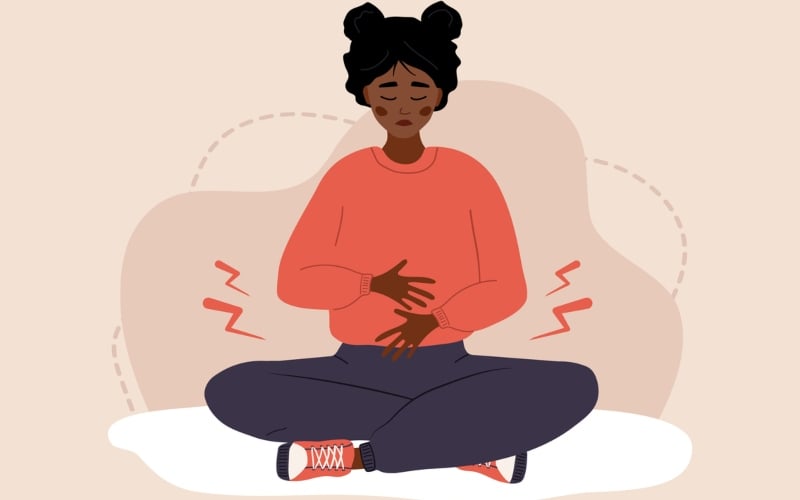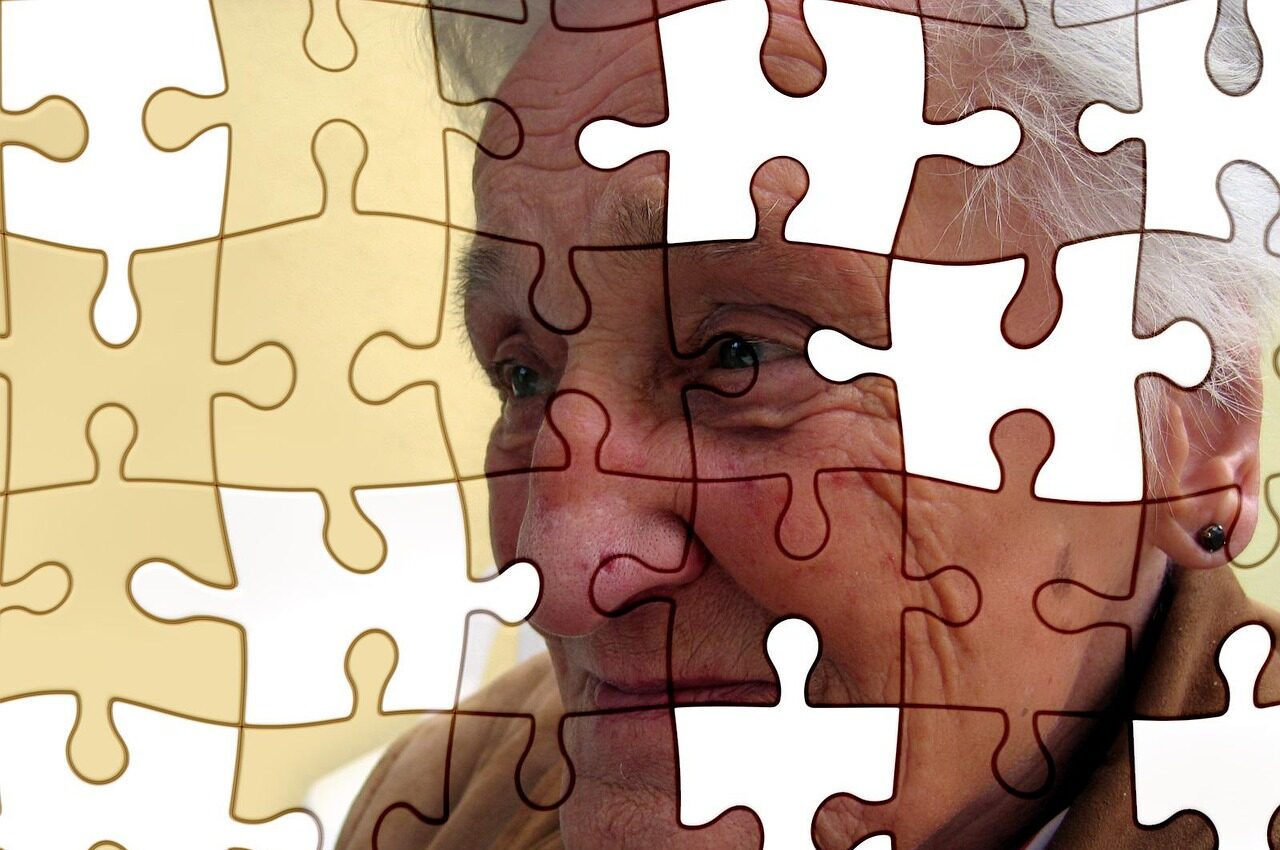KEY POINTS
- People often try to push difficult thoughts and feelings out of their minds, but this rarely works.
- They may find themselves focusing more on those unwanted emotions and experiencing greater distress instead.
- Acceptance, creative expression, and similar strategies can help people process these thoughts and feelings and let go.
When we suppress thoughts and emotions, we push them out of conscious awareness. When we do this, we hope that the thoughts and emotions will go away and no longer affect us in any way. Unfortunately, the human brain doesn’t work like that. Instead, suppression may actually amplify our negative experiences.
This effect was shown with the classic “white bear” study. In the study, people were told not to think of a white bear. Simply being told not to think about a white bear—to suppress these thoughts—led these people to think of white bears far more frequently (Wegner, Schneider, Carter, & White, 1987). This research helped us see that suppression is an ineffective way to decrease negative emotions.
The impacts of suppression
Overall, research on suppression has found that it tends to result in three effects:
- There is an immediate surge in unwanted thoughts.
- The unwanted thoughts increasingly intrude upon other thoughts as time goes by.
- There is a greater occurrence of unwanted thoughts (Wenzlaff & Wegner, 2000).
That means that suppression has paradoxical effects—the more we try to force our thoughts or emotions away, the stronger they become. It’s not totally clear why this happens, but some people suggest suppression doesn’t work because some part of us wanted to think about these unwanted thoughts. Suppressing them interrupts the process and therefore prevents us from completing the goal of thinking about these thoughts (Wenzlaff & Wegner, 2000). So our brain keeps bringing us back to the thoughts we’re trying to suppress.
An alternative hypothesis is that when we suppress a thought, we label it in our brains as bad. Unfortunately, our brains have unconscious processes that help us keep an eye out for “bad things.” So our brains may try to keep these things in mind (Wenzlaff & Wegner, 2000).
How to deal with suppression
- Write about your feelings. Research suggests that writing about your feelings (for example, by journaling) may be an effective way to process those feelings more quickly and move past them (Rude, Mazzetti, Pal, & Stauble, 2011).
- Practice acceptance. Accepting emotions may help decrease them more quickly (Rude, Mazzetti, Pal, & Stauble, 2011). Acceptance may also be helpful for calming anxiety or panic.
- Try cognitive reappraisal. Research on emotion regulation often contrasts suppression with reappraisal—reappraisal wins as the more effective strategy. Reappraisal often involves thinking about the potential positive outcomes of your situation or how grateful you are that the situation isn’t worse.
- Exercise. If you’re having a hard time with some negative thoughts or emotions, doing vigorous exercise may be helpful. If your body and brain are forced to use resources elsewhere (to do the exercise), this seems to help distract the mind more easily.
In sum
Suppression is a common response to the experience of unpleasant or unwanted emotions. But it’s not an ideal response. Learning to stop using suppression and instead use healthier emotion management strategies is key to helping us respond to our negative emotions more effectively.
Adapted from an article published by The Berkeley Well-Being Institute.
References Rude, S. S., Mazzetti, F. A., Pal, H., & Stauble, M. R. (2011). Social rejection: How best to think about it?. Cognitive Therapy and Research, 35(3), 209-216. Wegner, D. M., Schneider, D. J., Carter, S. R., & White, T. L. (1987). Paradoxical effects of thought suppression. Journal of personality and social psychology, 53(1), 5. Wenzlaff, R. M., & Wegner, D. M. (2000). Thought suppression. Annual review of psychology, 51(1), 59-91.—
This post was previously published on Psychology Today.
***
You may also like these posts on The Good Men Project:
 White Fragility: Talking to White People About Racism
White Fragility: Talking to White People About Racism  Escape the “Act Like a Man” Box
Escape the “Act Like a Man” Box  Why I Don’t Want to Talk About Race
Why I Don’t Want to Talk About Race  What We Talk About When We Talk About Men
What We Talk About When We Talk About Men Join The Good Men Project as a Premium Member today.
All Premium Members get to view The Good Men Project with NO ADS.
A $50 annual membership gives you an all access pass. You can be a part of every call, group, class and community.
A $25 annual membership gives you access to one class, one Social Interest group and our online communities.
A $12 annual membership gives you access to our Friday calls with the publisher, our online community.
Register New Account
Log in if you wish to renew an existing subscription.
Username
First Name
Last Name
Password
Password Again
Choose your subscription level
- Yearly - $50.00 - 1 Year
- Monthly - $6.99 - 1 Month
Credit / Debit Card PayPal Choose Your Payment Method
Auto Renew
Subscribe to The Good Men Project Daily Newsletter By completing this registration form, you are also agreeing to our Terms of Service which can be found here.Need more info? A complete list of benefits is here.
—
Photo credit: iStock
The post What Is Suppression? appeared first on The Good Men Project.
Original Article










